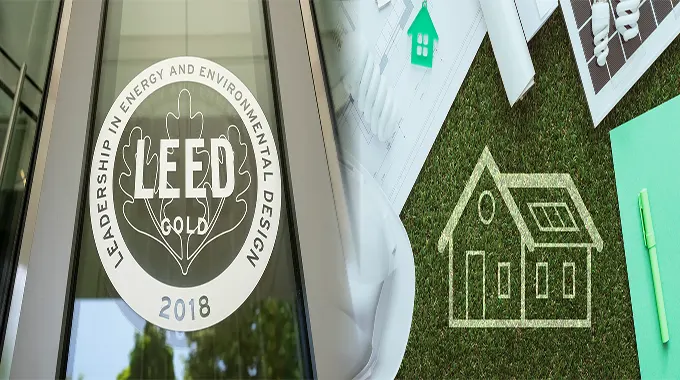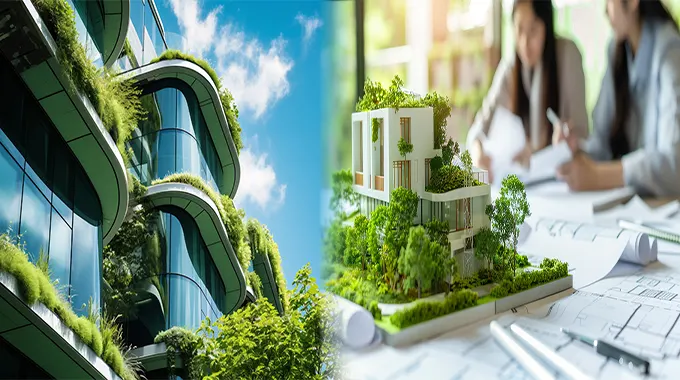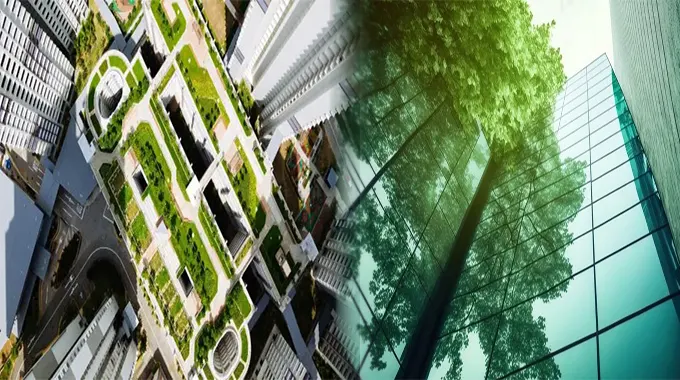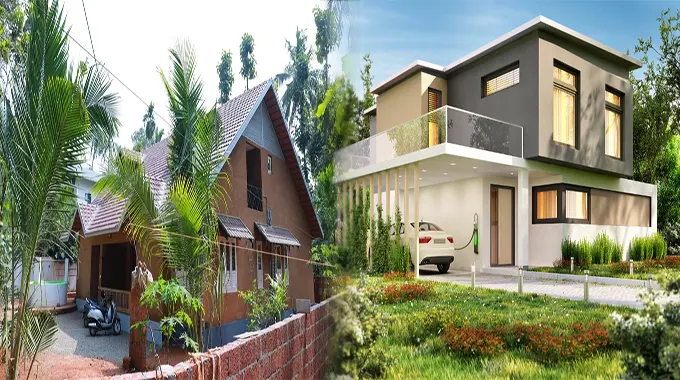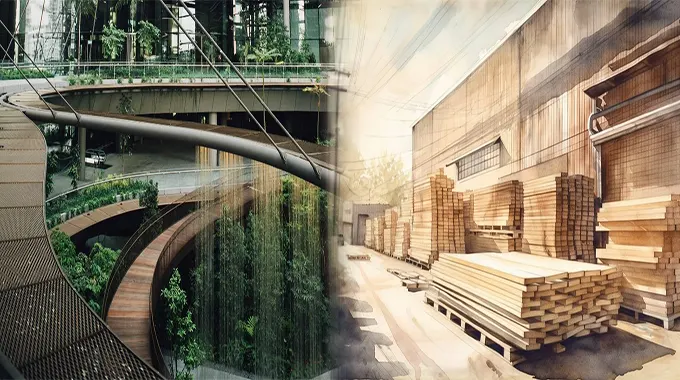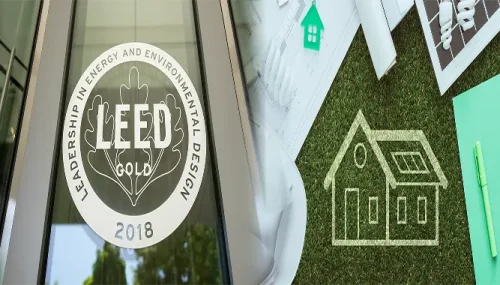Navigating the Green Building Certification Requirements and Process for LEED
In an era where sustainability and environmental consciousness are at the forefront of design and construction, achieving green building certification has become a significant goal for many developers and building owners. Leadership in Energy and Environmental Design (LEED), developed by the U.S. Green Building Council (USGBC), is one of the most recognized and widely used green building certification programs worldwide. Understanding the certification requirements and process for LEED is essential for those looking to demonstrate their commitment to sustainable building practices.
LEED Certification Levels and Categories:
LEED offers various certification levels based on the number of points achieved through sustainable design and construction strategies. The levels include Certified, Silver, Gold, and Platinum, with Platinum being the highest level of achievement. Projects are evaluated across different categories, including Sustainable Sites, Water Efficiency, Energy and Atmosphere, Materials and Resources, Indoor Environmental Quality, and Innovation in Design.
LEED Certification Process:
- Registration: The first

